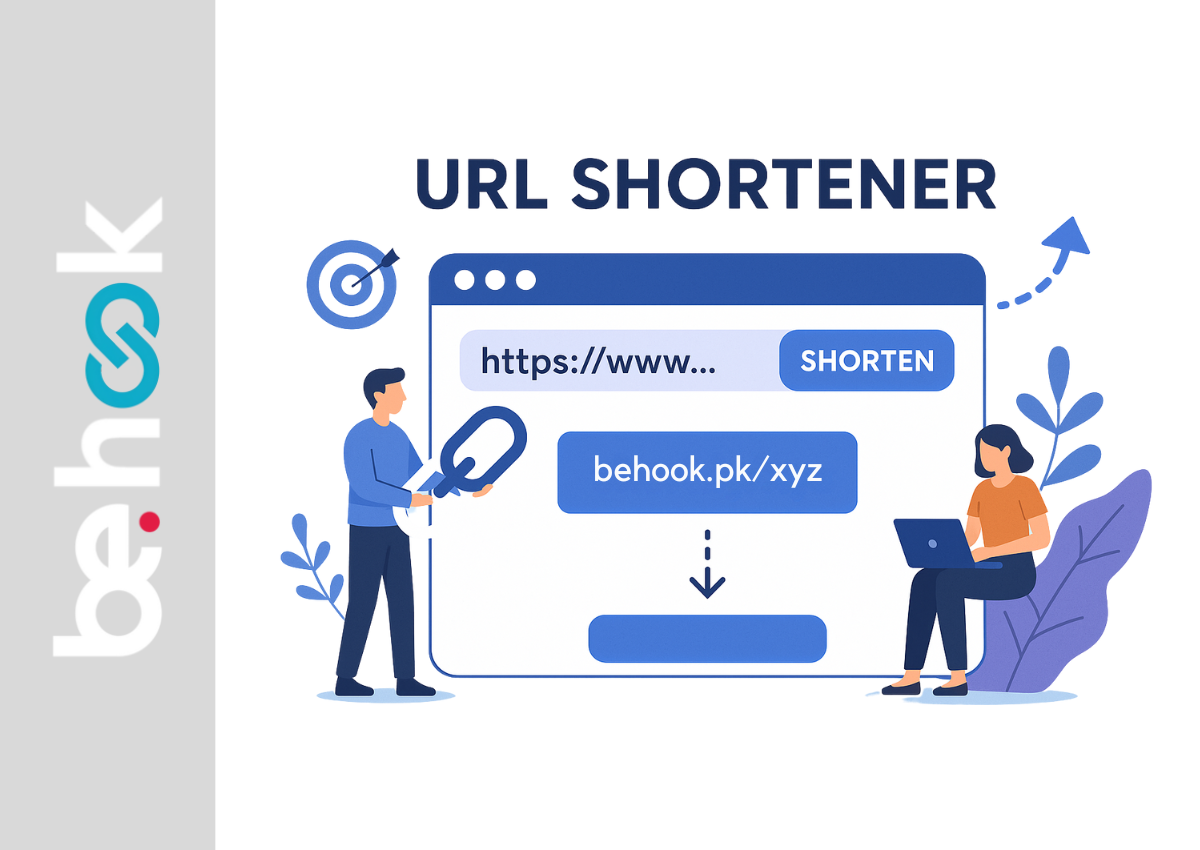
In today’s fast-paced digital world, sharing long and messy URLs can be frustrating. Whether you’re posting on social media, sending emails, or running a marketing campaign, short links make everything easier, cleaner, and more professional. If you’re wondering how to create a URL short link, you’ve come to the right place.
In this detailed guide, I’ll walk you through the process, explain the benefits, and share the best practices for creating and using short links effectively.
A URL short link is a condensed version of a long web address. Instead of pasting a 200-character link full of numbers, symbols, and parameters, you can generate a short, neat, and user-friendly URL.
For example:
https://www.examplewebsite.com/blog/article/how-to-create-a-url-short-link-guide-for-beginnershttps://bit.ly/shortlinkBoth links lead to the same page, but the short link is easier to remember and share.
Short links are more than just “short.” They add functionality, improve tracking, and enhance user experience. Here are the key benefits:
Short links look clean and trustworthy. They’re especially useful on platforms like Twitter or LinkedIn, where character count and visual appeal matter.
Studies show that people are more likely to click on short, branded links than long, complicated ones.
Most URL shortener tools allow you to track clicks, locations, and devices used. This helps businesses understand audience behavior.
A short link can be quickly typed, shared verbally, or added to printed materials without errors.
With custom short links (like yourbrand.link/sale), you can reinforce your brand identity while sharing links.
Let’s get into the practical steps of generating a short link.
There are many free and paid tools available, including:
Each tool has its own features, but most follow the same process.
Grab the long web address you want to shorten.
Head to your chosen URL shortener’s website and paste your link into the provided field.
Click the button to create your short link. Within seconds, you’ll have a neat version of your original URL.
Some tools allow you to customize the ending of your link (for example, bit.ly/mysale2025). Custom links look more trustworthy and memorable.
If you’re using tools like Bitly or Rebrandly, you can log in to check analytics such as click numbers, locations, and referral sources.
Creating a short link is simple, but using it effectively requires strategy. Here are some proven tips:
Whenever possible, customize your links with your brand name. For example, brand.link/offer is more trustworthy than bit.ly/xyz123.
Don’t flood your audience with multiple short links in one message; this can appear suspicious.
Short links are perfect for email marketing, SMS campaigns, and social media ads, where tracking and clean presentation are important.
Check your link analytics regularly. If one link gets more clicks, you can optimize your campaigns accordingly.
Always test the short link to make sure it redirects correctly.
| Feature | Free Tools | Paid Tools |
|---|---|---|
| Basic link shortening | ✅ | ✅ |
| Custom branded domains | ❌ | ✅ |
| Analytics and reports | Limited | Advanced |
| Link expiration & targeting | ❌ | ✅ |
| Security features | Limited | Enhanced |
If you’re just sharing personal links, free tools like TinyURL are enough. But for professional businesses, investing in a paid shortener with branding and analytics is highly recommended.
Learning how to create a URL short link is a simple but powerful skill. From personal use to professional marketing campaigns, short links improve user experience, track performance, and make your content look cleaner and more engaging.
Whether you’re sharing a blog, promoting a product, or running a social media campaign, a short link can make a big difference in how your audience interacts with your content.
So, pick a reliable tool, create your short links today, and start tracking the results—you’ll be surprised at how much impact such a small change can make!